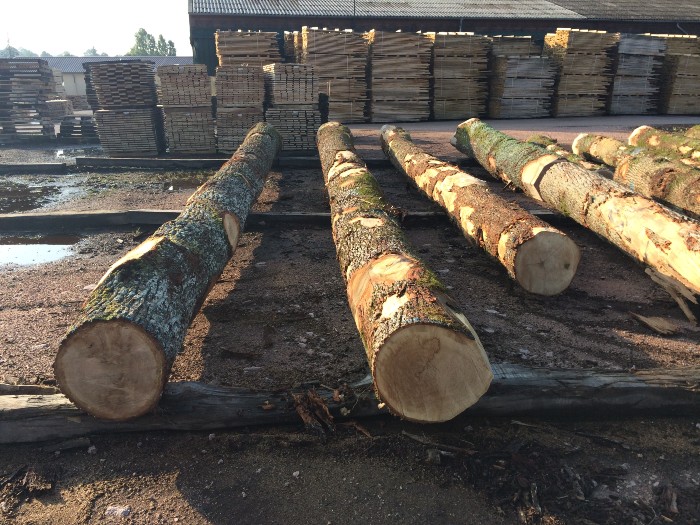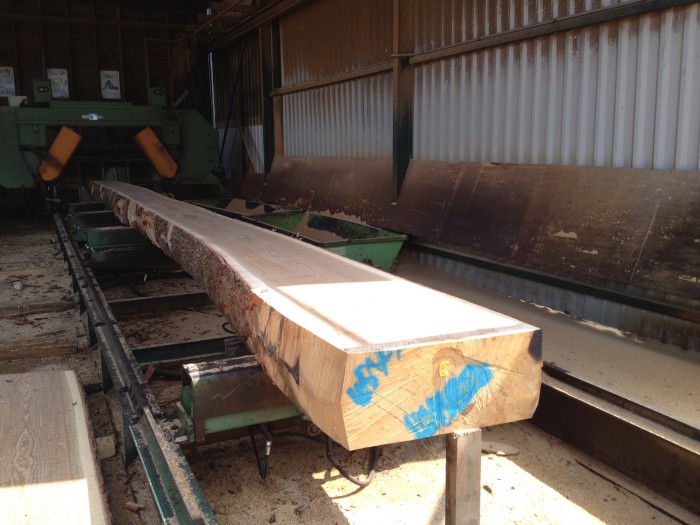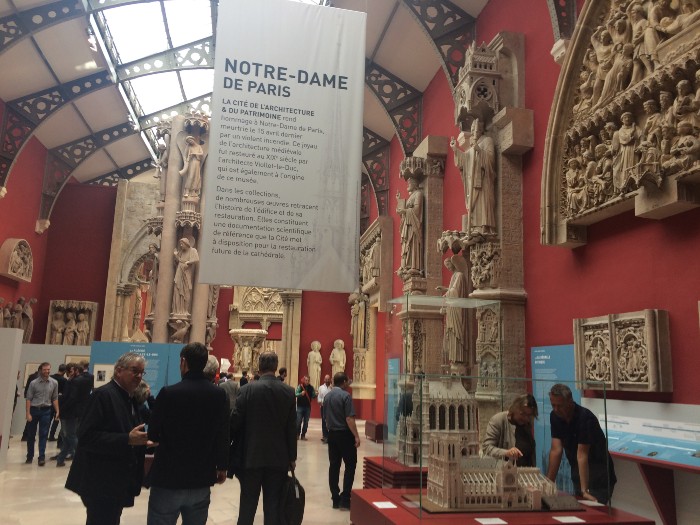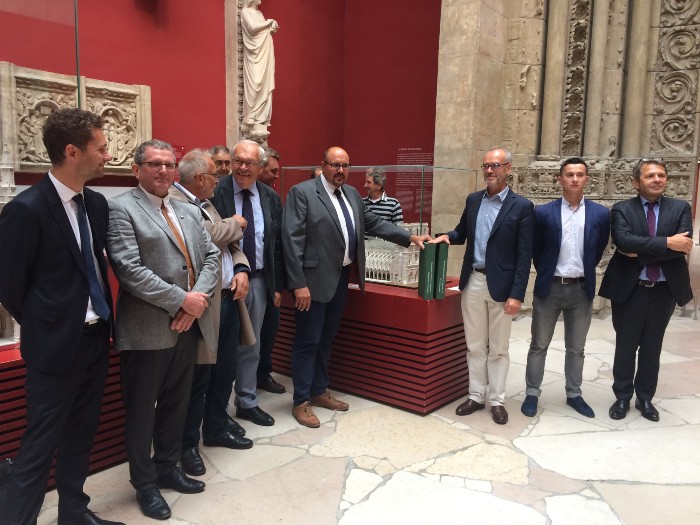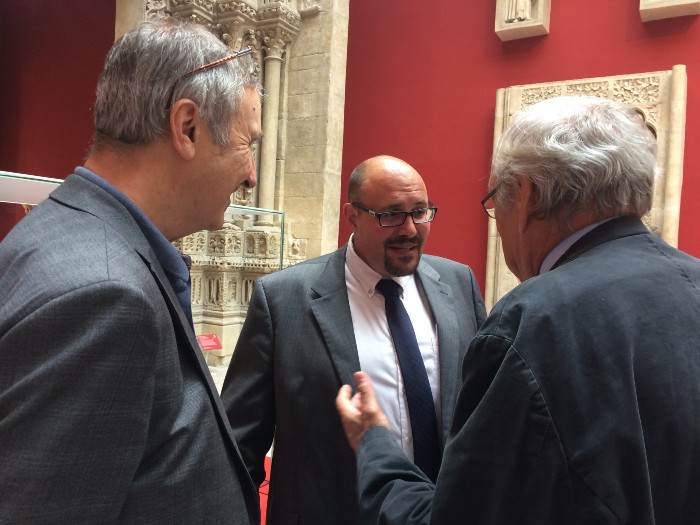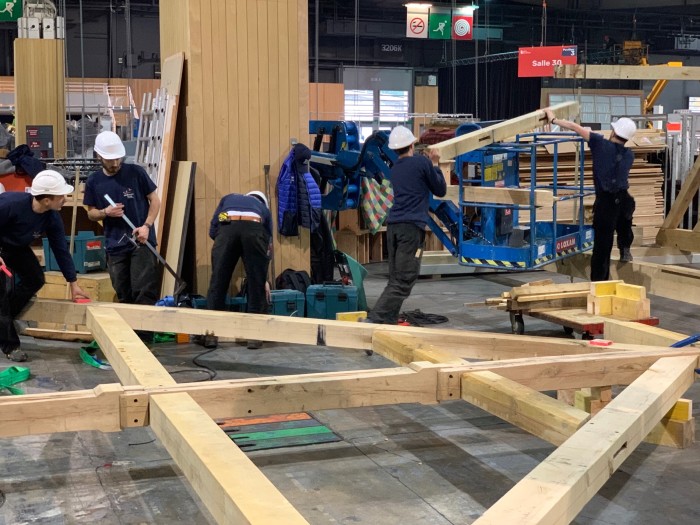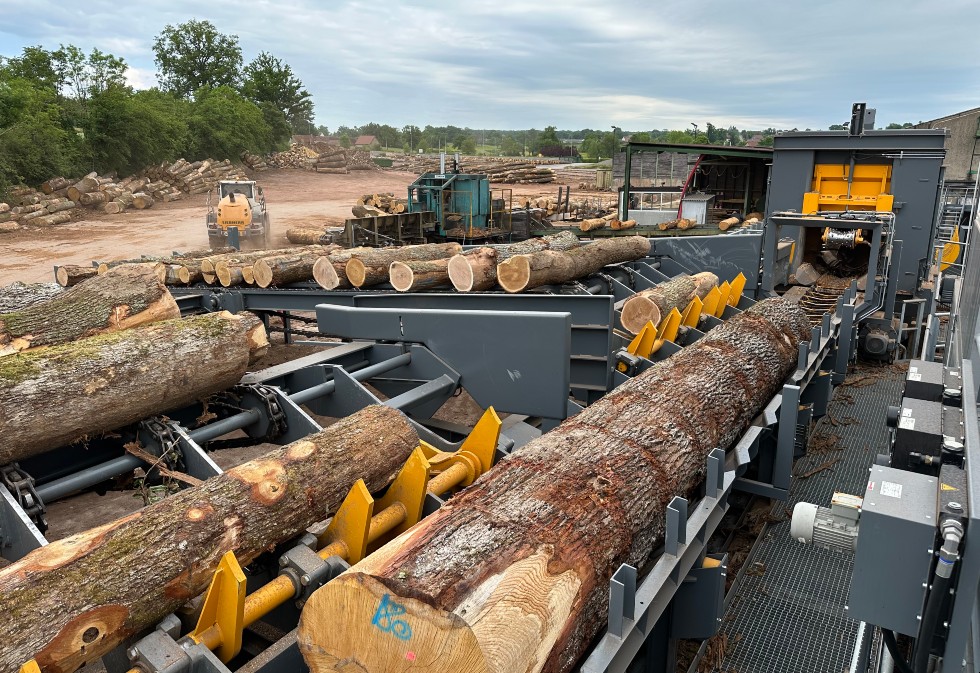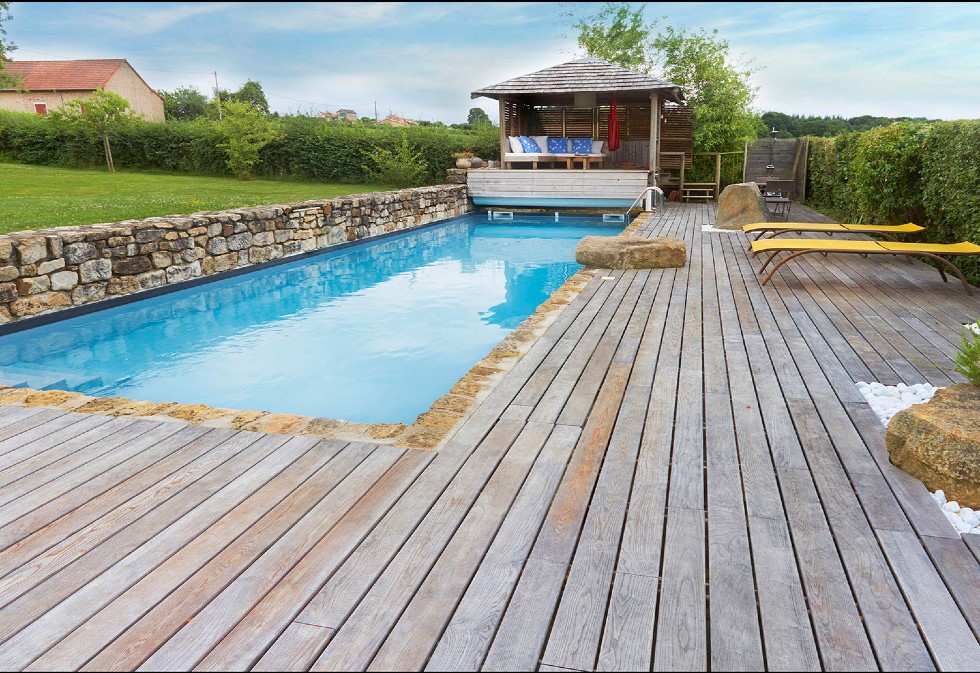Jacques Ducerf, CEO of the Ducerf Group: “We are ready to take on the challenge of rebuilding Notre-Dame over a 5-year period, a desire expressed by President Macron! ”
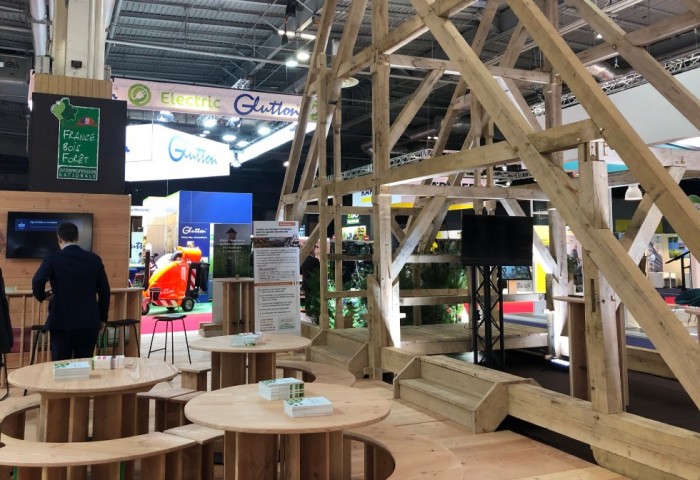
9 months after the fire at Notre-Dame Cathedral, reflection and discussion are ever more intense regarding how to rebuild the edifice. Convinced of the necessity to faithfully rebuild the famous oak roofing substructure from the Middle Ages, destroyed by the flames, the timber industry is fully mobilised. The Ducerf Group has, therefore, provided the Compagnons du Devoir with the necessary material to build a three-quarter scale replica of the roof frame. This model was recently exhibited at the Salon des Maires et des Collectivités Locales [Mayors and Local Authorities Fair] and will continue its tour to demonstrate the feasibility of such a project. This commitment was explained to us by Jacques Ducerf, the Group’s CEO...
How did the timber industry come up with defending the option of faithfully rebuilding the Notre-Dame roofing substructure?
Jacques Ducerf: We reacted immediately and were as moved as the rest of the population, because this disaster made part of our heritage and ancestral know-how go up in smoke. At an inter-professional level, the message was unanimous: it is unthinkable that this structure be rebuilt in any material other than wood. As Chairman of the Association for the promotion of oak-related professions, I adopted this position, too, and last June, a team from TF1 came to the sawmill to see how we were organised and to visit a forest in the region. I explained to them that reconstructing the roof frame of Notre-Dame in oak was not at all a problem. Although there are some technical constraints, a substructure of 1,200 m3 in volume is not that difficult. This message shared by other companies in the sector was related positively in the media and I think that it reached the general public.
How did the project with the Compagnons du Devoir come about?
Jacques Ducerf: In fact, just after the story aired on TF1. In August, the Chairman of France Bois Forêt, Michel Druilhe, got in touch to tell us that the Compagnons du Devoir were interested in rebuilding the Notre-Dame roofing structure. They wanted to present a three-quarter scale model of two trusses of the roof frame. So, he asked for help from the Ducerf Group in order to make this replica. Indeed, timber of significant length were required, and not all sawmills are equipped as we are to produce lengths of 10, 12 or 15 metres. So at the end of the summer, we delivered them a batch of 8 m3 of wood to build the first truss, then another after a second request in September. Meanwhile, the project was also presented at the Cité de l’Architecture at the Palais de Chaillot. We offered to take on the wood cutting, and the forest owners, represented by the Chairman of forestry experts, Philippe Gourmain, agreed to provide the raw material for this first delivery with the necessary oaks.
“For the entire wood sector, it would be a strong symbol”
This project is an important part of the “lobbying” in favour of oak reconstruction...
Jacques Ducerf: Yes, at the Salon des Maires et des Collectivités Locales, for example, elected officials were particularly sympathetic to this cause and many of them gave their support to the project. Which is important. In the meantime, the sector continues its actions. The Compagnons have also asked us to provide timber for a 0.05 scale model of the entire roof frame. This scale model will be presented at the Forum Bois Construction which will take place at the Grand Palais in Paris next April. For this project, we will be supplying them at the end of December. Thanks to this work, the Compagnons du Devoir are able to prove that they are capable of producing the roofing substructure. They are putting themselves forward for the reconstruction, and we are supporting them. This project also represents an exceptional training opportunity for young apprentices.
Is the primary issue to demonstrate that it is possible?
Jacques Ducerf: Indeed. Thanks to the AGP engineer Pierre Antoniotti, we know to the nearest millimetre what the roof frame should look like. It was entirely digitised 3 or 4 years ago. Our philosophy – that is to say given the know-how and the technical means that existed in the Middle Ages – is that we need to show we have the ability to do the same today. And today, the entire wood sector is of the same mind: the sawmills, the forestry experts... And we recently heard that the chief architect of Historical Monuments considers it as self-evident that the cathedral’s roof frame should be rebuilt exactly as it was. He believes it would be a mistake to use any material other than timber. We are of course closely following the affair, and if we need to further affirm our position, we will do so. For the entire timber industry, rebuilding this roofing substructure in oak, as it was 500 or 600 years ago, would be a powerful symbol. And it would also highlight the diversity of wood-related professions. These professions represent amazing skills and knowledge, yet it is difficult these days to attract the younger generation.
“Barely 3,000 m3 of raw material required from the 2 million m3 of logs annually produced by French forests”
What is your response to opposition due to resources or technical arguments?
Jacques Ducerf: Some talk of insufficient forestry resources, but that's not true. To rebuild the roof frame, only 1,200 m3 of cut timber are required. This represents a little more than 3,000 m3 of raw material, when annual production from French forests is around 2 million m3 of logs. So, the necessary amount is tiny in comparison. There are of course technical requirements with regard to quality, accuracy and length. But 3,500 m3, compared to the level of production, really is negligible. With regard to the dryness of the wood, that isn’t a problem either. Drying shrinkage only occurs on the cross-section and not on the length. After a few months of drying, part of this shrinkage has already occurred and continues once the wood is in place. This technique was already employed in the Middle Ages.
So, will the Ducerf Group be able to satisfy this request?
Jacques Ducerf: Absolutely. With the suitable raw material at the Ducerf sawmill, we are equipped to provide and cut the substructure timber for the rebuilding of Notre-Dame. An important step is the selection of the raw material, high quality oak. We will need to choose straight, grained timber of a certain diameter and length. But this won’t be an issue. We will only need a few months to gather the timber at the sawmill. We are ready to take on the challenge of a 5-year reconstruction, as the President of the Republic so wishes. If the roof frame is faithfully rebuilt, then there is no problem. With other materials, it would be another story... except perhaps for the spire, which could be a symbol of modernity.

